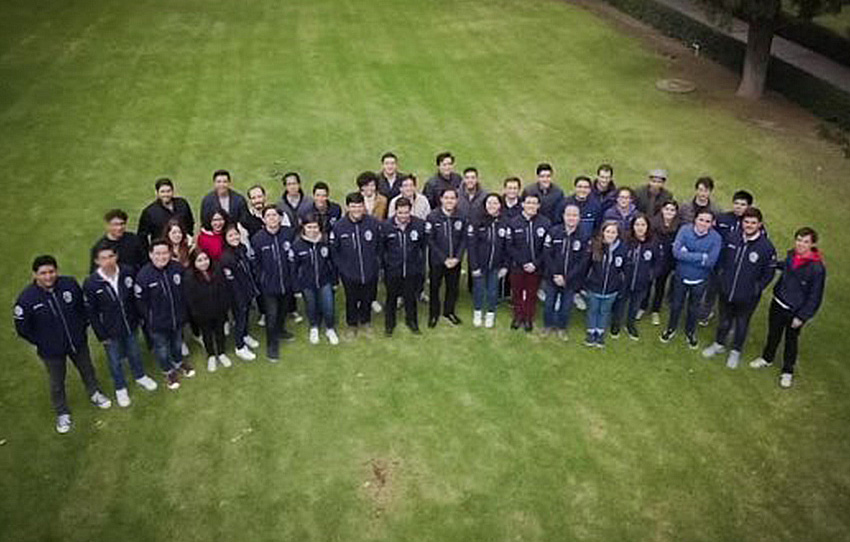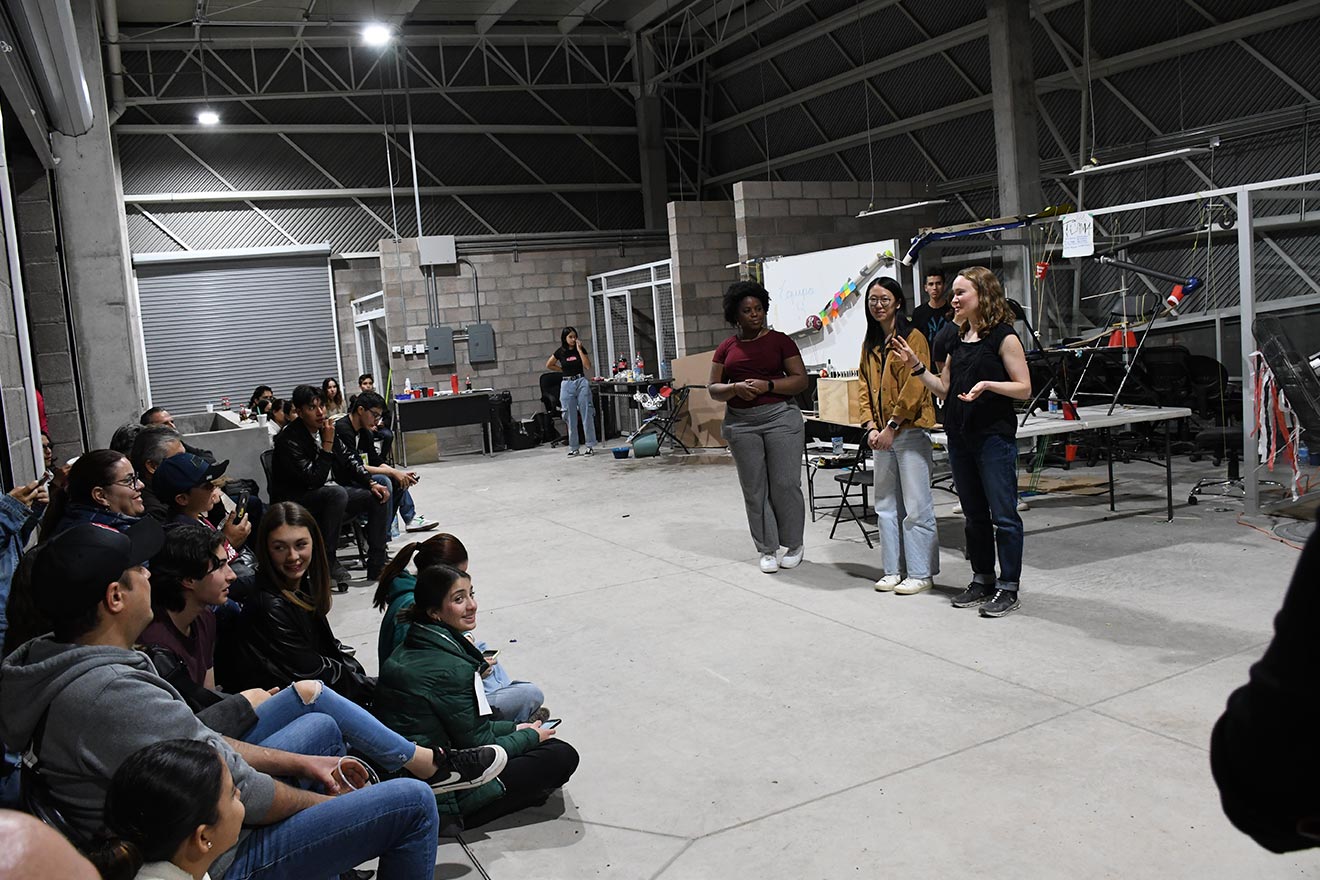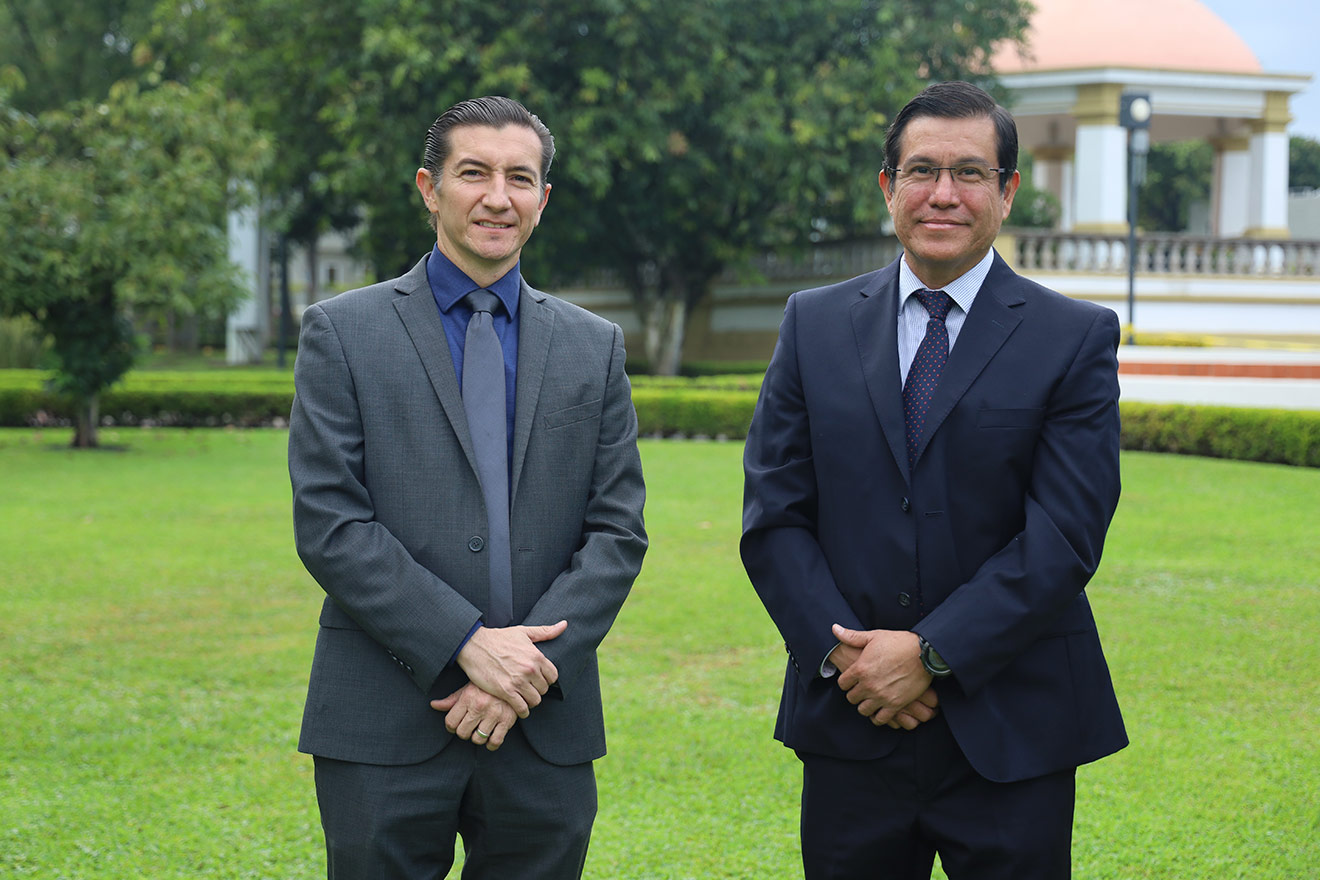The Universidad Panamericana and the Massachusetts Institute of Technology (MIT) are collaborating to launch a nanosatellite into space.
A multidisciplinary group of students from the Aguascalientes, Guadalajara and Mexico City campuses and researchers from MIT's Space Propulsion Laboratory (SPL) will jointly develop a 3-unit CubeSat nanosatellite.

This space mission is intended to test new space technology to measure atmospheric density in Low Earth Orbit and thus contribute to space debris mitigation efforts.
It also seeks to boost the Mexican space industry by involving students in the design, construction, launch and operation of the nanosatellite.
CubeSat innovation
In 1999, Stanford University and California State Polytechnic University developed the CubeSat standard, a nanosatellite platform made of 10×10×10 cm blocks with a maximum weight of 1.33 kg called 'units' or 'Us' (U). With this standard, the price and complexity of satellite design decreased considerably.
Due to its modular nature, the advantages of adhering to the CubeSat standard for the design of a nanosatellite are immeasurable, from the reduction of each mission's budget and development time, to the emergence of the new market.

Thus, a whole new business of companies has emerged, dedicated to developing products that can be used for a wide variety of missions for different purposes; from communications to research purposes.
These factors opened the doors of the space-industry to institutions such as universities, private companies and government agencies, which previously could not participate in it, either because they lacked the money to invest in a project of such magnitude or because they did not have the technical expertise to design a large spacecraft.
Thus, CubeSats nanosatellites have been developed in recent years, mainly intended for the educational sector, but which are beginning to offer opportunities for real low-cost scientific missions.
Colibri Mission: Growth for Mexico
The aerospace industry in Mexico has experienced growth in the last decade. Specifically, the educational sector has shown interest through the participation of universities with initiatives to implement space mission projects that encourage students to participate and develop them.
Misión Colibrí, from our university, is the first Mexican mission for the design, development, construction and launch of a 3U CubeSat, designed and developed by students from different careers (Mechatronics, Mechanical, Electronics, Industrial, Artificial Intelligence, among others); initiated in 2018, in alliance with the Jet Propulsion Lab (JPL) at MIT, and with the cooperation and advice of NASA and the Mexican Space Agency (AEM).
This mission is working on the design of a payload (payload carried by a satellite on a space mission comprising components capable of generating data) that is responsible for measuring atmospheric density using a simple optical system. This system is composed of a test mass describing a disturbance-free geodesic orbit.

The importance of Misión Colibrí lies not only in the impact of the satellite's results and achievements, but also in the new community of Mexican students involved in the growth of the aerospace industry within our country with hands-on experience.
Find out more about this space mission at www.colibrimission.com
Author details:
Dr. Héctor Eduardo Gilardi Velázquez, Research Professor.
Universidad PanamericanaAguascalientes campus.








